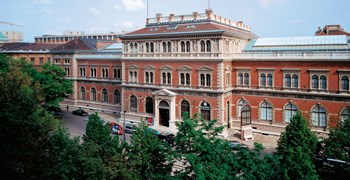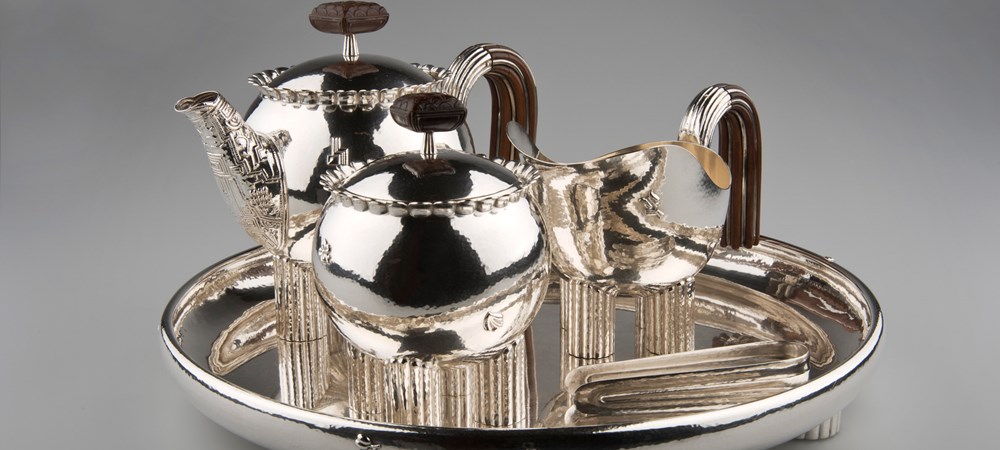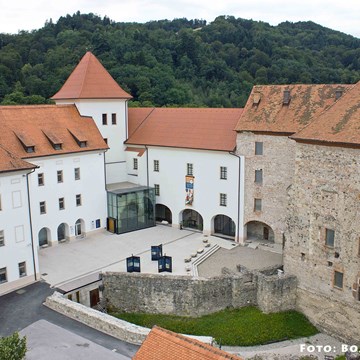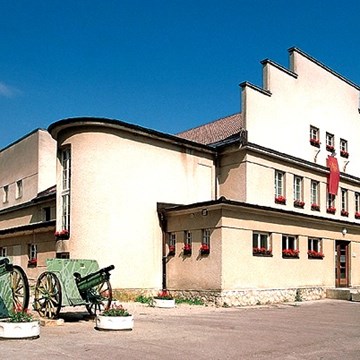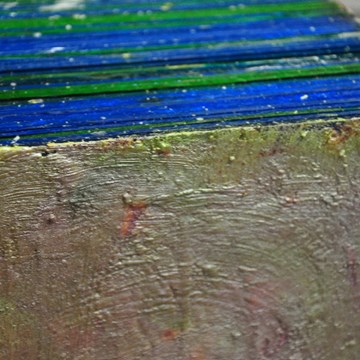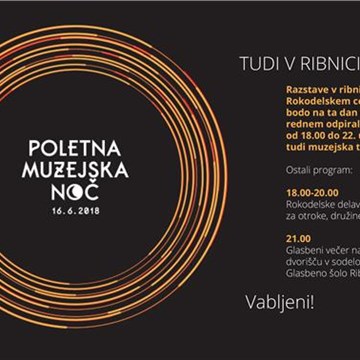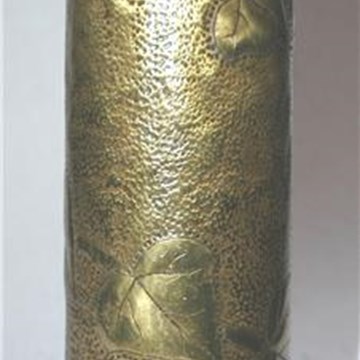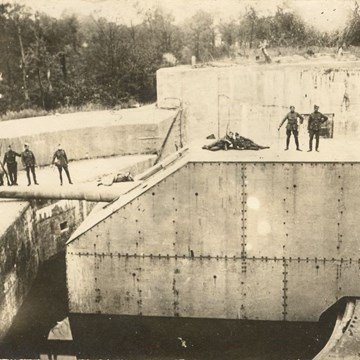Vienna 1900
Vibrant and manifold: VIENNA 1900 in a new light
The fascinatingly complex cultural epoch denoted by the term “Vienna 1900” has long been the stuff of legend. And the equally multifaceted and momentous output of this period’s artisans and designers is now the focus of a newly completed section of the MAK Permanent Collection.
At this presentation’s thematic core is the multifarious struggle to arrive at an Austrian, modern, bourgeois, and democratic style. Today, this chapter of design and arts and crafts history—subsumed under the terms of Secessionism and Jugendstil—serves like no other to underpin Austrian identity. But around 1900, the search for a suitable style reflected an identity crisis of the bourgeois class. The entirely contradictory results of this search were tied together by a central characteristic of the modern era: a pioneering desire for expressive individuality.
The MAK now invites visitors to engage in a multilayered examination of the “Vienna 1900” phenomenon that covers three rooms. This section of the Permanent Collection, which had gone unchanged since 1993, is the first to have been reconceived. The new presentation’s content was developed by Christian Witt-Dörring together with the museums’ collection curators, and the Viennese designer Michael Embacher was responsible for the individual rooms’ design.
VIENNA 1900. Design / Arts and Crafts 1890–1938 adheres to a largely chronological structure: the first room is dedicated to the search for a modern style; the second room features a close look at the Viennese style; and the third room points the way to the International Style. Around 500 collection objects are shown in various thematic combinations that serve to shed light on art-historical and sociopolitical aspects relevant to Viennese modernism.
In several respects, the new “Vienna 1900” section of the MAK Permanent Collection deals with Viennese modernism differently than did previous rooms devoted to the topic. Embedded chronologically between the late 19th century’s overcoming of Historicism and the National Socialists’ seizure of power in 1938, this new presentation facilitates a broader historical understanding of the era. It opens up a view on international relationships, illustrating both influences from abroad and developments elsewhere that emerged simultaneously. Furthermore, the presentation highlights formal and/or cultural fallbacks as well as continuities: some objects, for example, hark back to the Biedermeier era or make visible use of patterns from Moravian folk art.
“Traces” of Central European Modernism
In fact, a great number of innovative designers—in addition to the well-known Moravian-born opponents Josef Hoffmann and Adolf Loos—came from the territory of today’s Czech Republic. So the era of Viennese modernism thus saw the longstanding reciprocal relationship between Vienna, Bohemia, and Moravia remain a fruitful one: many architects and designers who had come to Vienna for their professional training went on to play a significant role in the dissemination of modern design in their home regions. The new Permanent Collection rooms on the “Vienna 1900” theme document these mutual effects,
making an important contribution towards underpinning a broader understanding of Central European modernism’s development.
The MAK will also be conveying this new approach outside its own walls: with support from the EU, the museum will be spending the next few years developing a Central European cultural route between Vienna and Brno entitled “Traces.” This route will link the region’s most influential modern-era buildings and also include locations of significance to Viennese intellectual life around 1900. In order to accomplish this, the MAK will be using its cooperative relationship with the Moravian Gallery at the Josef Hoffmann Museum (run jointly since 2006) in order to have the cultural region of Moravia–Lower Austria–Vienna once again be known as an influential source of modernist impulses.
Exhibitions and events
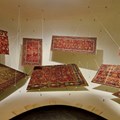
Carpets Collection
Permanent exhibitionFor the MAK’s 150th anniversary, designer Michael Embacher has given the Permanent Collection Carpets a new spatial concept that integrates an artistic intervention by Turkish artist...
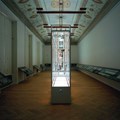
Renaissance - Baroque - Rococo Collection
Permanent exhibitionThe MAK's collection of lace, and its holdings of glassware—especially Venetian glass—are considered among the finest and most varied in the world. Even in the Baroque period, Venetian...
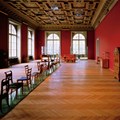
Empire Style - Biedermeier Permanent Collection
Permanent exhibitionA heterogeneous mass of consumers arose during the first half of the nineteenth century, something never previously seen in Austrian cultural history. With the effects of the Industrial Revolution...
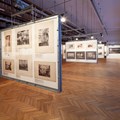
Works on Paper
Permanent exhibitionFrom Dürer to Sagmeister Every year, the MAK Library and Works on Paper Collection curates exhibitions based on its own holdings. In the context of this focus on the library’s various...
Activities from this museum

MAK Design Kids
In two-hour workshops, the MAK Design Kids turn their attention to furniture,...
